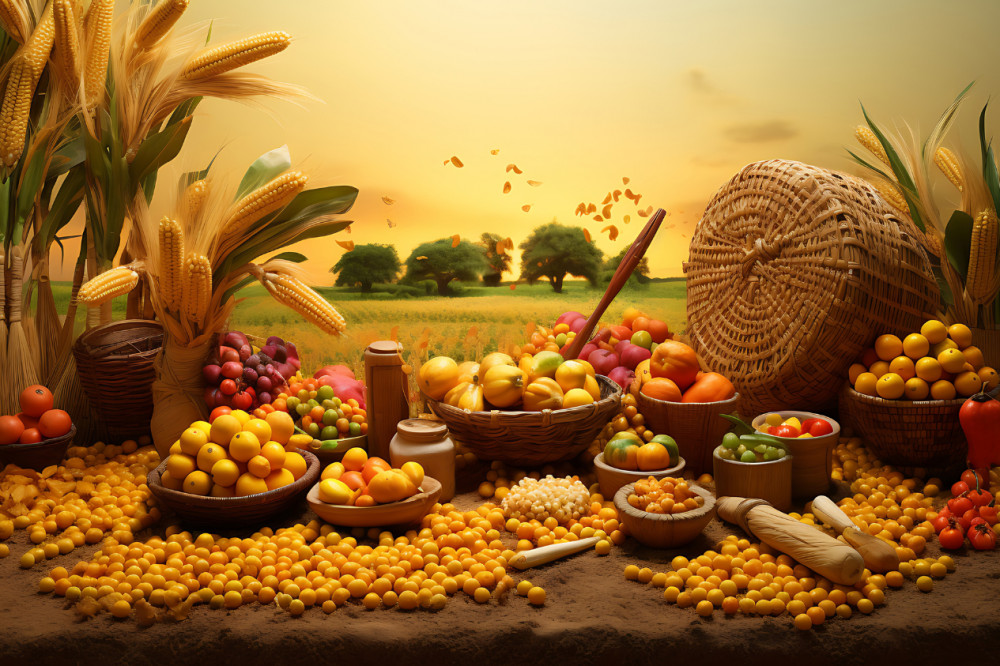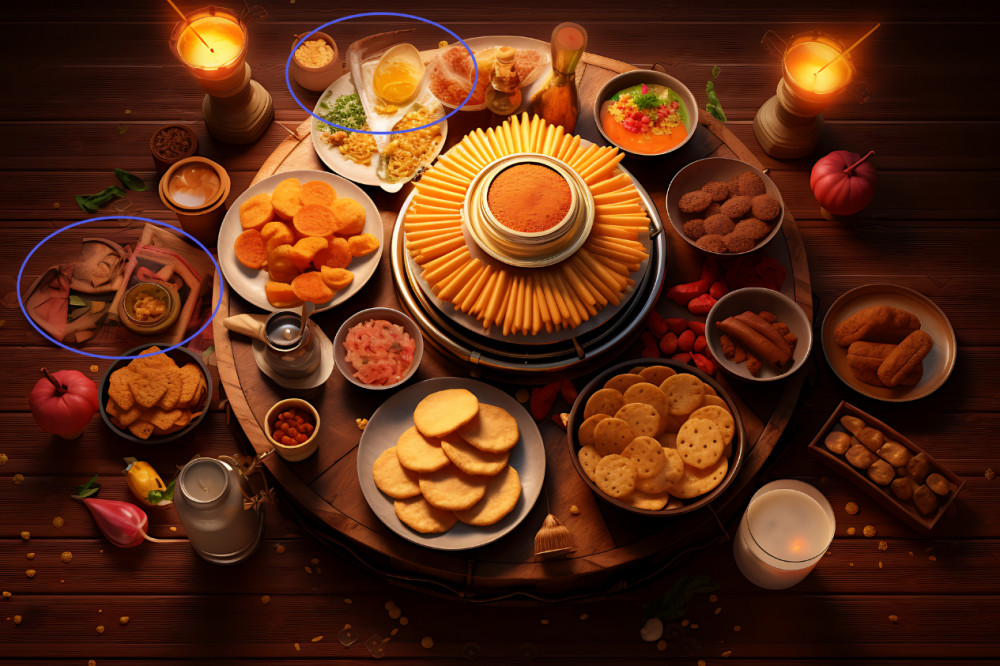
One-step Towards Sustainable Eating Habits

Did you know that World Environment Day is celebrated on 5 June? I is the United Nations' principal vehicle for encouraging awareness and action for the protection of the environment. Since 1973, it has been a platform for raising awareness on environmental issues such as marine pollution, human overpopulation, global warming, sustainable consumption etc. But how can we personally contribute towards a more sustainable environment? Let's find out!
World Environment Day is a global platform for public outreach, with over 143 countries annually participating in the agenda. Every year, a summit takes place where environmental issues are discussed based on increasing priority. While countries, nations and organizations are doing their part, we can also contribute to the agenda. We can switch to more sustainable eating habits, which will result in a decrease in carbon footprint and less food wastage as well. Here are a few ways by which you can practice sustainable eating habits!
Grow at home-
It could be herbs in a pot or tomatoes on a small plot in your yard. The process can help you gain an understanding of the factors involved in making plants thrive, the attention needed to successfully grow food and how precarious the process can be. Those insights may influence how you buy, use and dispose of food.
Go local -
Shopping locally is a great way to support your community. It keeps your money in the community in which you live and can help foster a healthy environment of diversity. When you purchase foods that were grown locally, it also cuts down on the amount of fuel needed to ship the food to your market.
Eat less meat-
Meat can not be removed completely from a community for a variety of reasons, but it can be controlled. Animal agriculture is generally an inefficient system. Animals need room to graze and therefore take up ~ 70% of all agricultural land, causing unnecessary deforestation. Greenhouse gas emissions from animal agriculture significantly exceed emissions from vegetable protein agriculture. And in the end, animals require twice as much food as what they provide as meat!
Switch your seafood-
Fish can be a healthy choice if part of an overall fisherman_reelhealthy dietary style, but some species are at risk of being overfished, or produced in ways that harm the marine environment. If your go-to variety of fish is on the “avoid” list, consider trying some new seafood.
These are a few of many Sustainable eating tips that can be easily done, for more visit this link here!
Related Blogs

Meal-Prep Magic: Dinners You Can Plan for the Week
49 Views

Flavours of Mizoram: The Harvest Table You Need to Try
81 Views

Fusion Thanksgiving: India-Inspired Global Feast
103 Views

Food Offerings and Festive Plates of Kartik Purnima
211 Views

The Science of Ferment: Easy Homemade Fermented Foods
154 Views